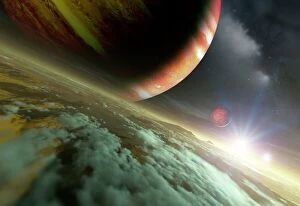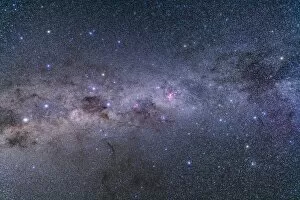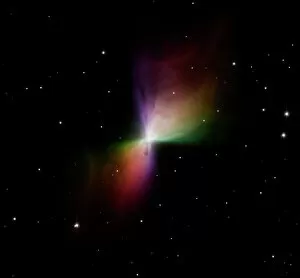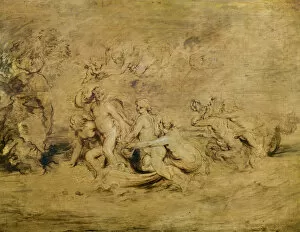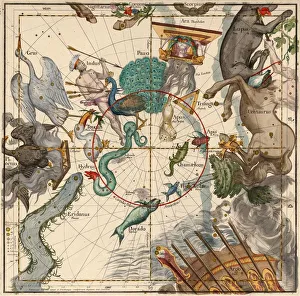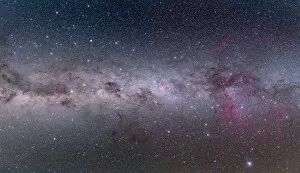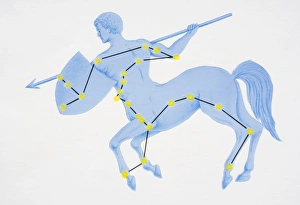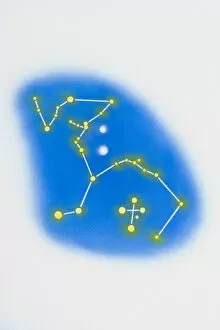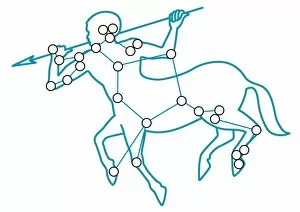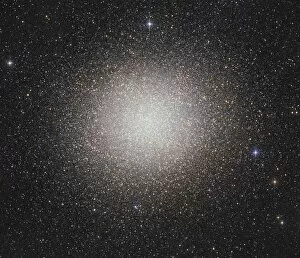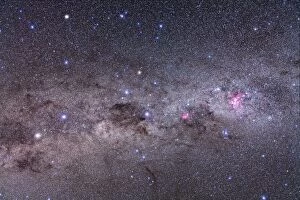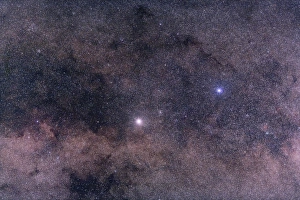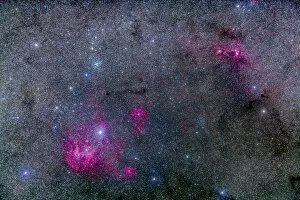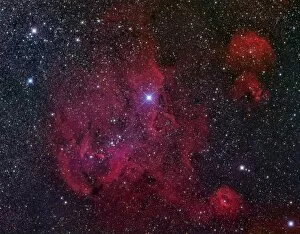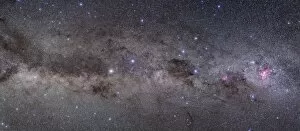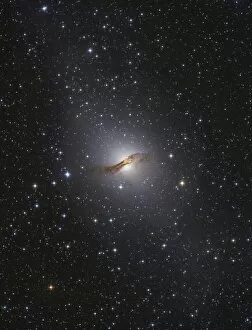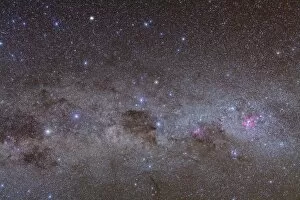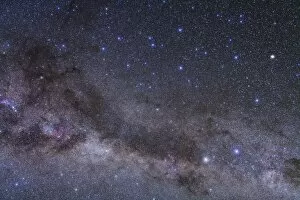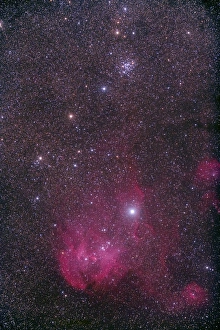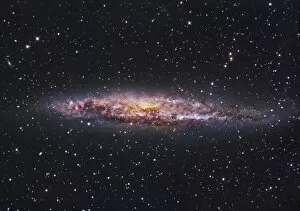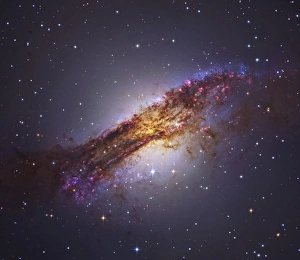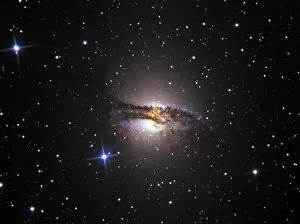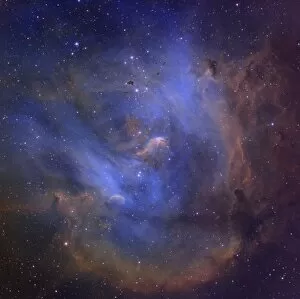Centaurus Collection
"Centaurus: Exploring the Mysteries of the Celestial Realm" In the vast expanse of space
All Professionally Made to Order for Quick Shipping
"Centaurus: Exploring the Mysteries of the Celestial Realm" In the vast expanse of space, Centaurus stands as a constellation that captivates astronomers and stargazers alike. At its heart lies Alpha Centauri, a binary star system comprising three stars - Alpha Centauri A, B, and Proxima Centauri. These celestial bodies have fascinated scientists for centuries with their enigmatic nature. Venturing deeper into the cosmos, we encounter the Boomerang Nebula. This ethereal cosmic cloud showcases stunning patterns formed by gas and dust expelled from an aging star. Its mesmerizing beauty reminds us of the infinite wonders that lie beyond our reach. On Earth, technological marvels like BEA's European Class Aeroplane revolutionize air travel while paying homage to this captivating constellation. Similarly, the Breda-Zappata BZ. 308 MM61802 aircraft embodies innovation inspired by celestial splendor. Nature itself draws inspiration from Centaurus; exotic beetles showcase intricate patterns reminiscent of distant galaxies and constellations in their vibrant wings. The influence extends even further into human creations such as D Napier and Son's Bristol centaurus engine—a testament to mankind's quest for exploration both on land and in outer space. Artistic expressions also pay tribute to this mythical figure; frescoes adorning ceilings like those found in Sala del Mappamondo depict astrological scenes intertwined with celestial beings dancing across heavenly realms. Centuries ago, artists captured these visions on paper too—depicting The Triumph of Venus through red, black, and white ink on delicate parchment—an ode to love amidst cosmic grandeur. As time progressed, scientific knowledge expanded; Globi coelestis showcased Plate 6 depicting South Pole views meticulously mapped out in 1674—an invaluable resource for early astronomers seeking understanding beyond what meets the eye. From ancient times until today, humanity has marveled at the wonders of Centaurus.

